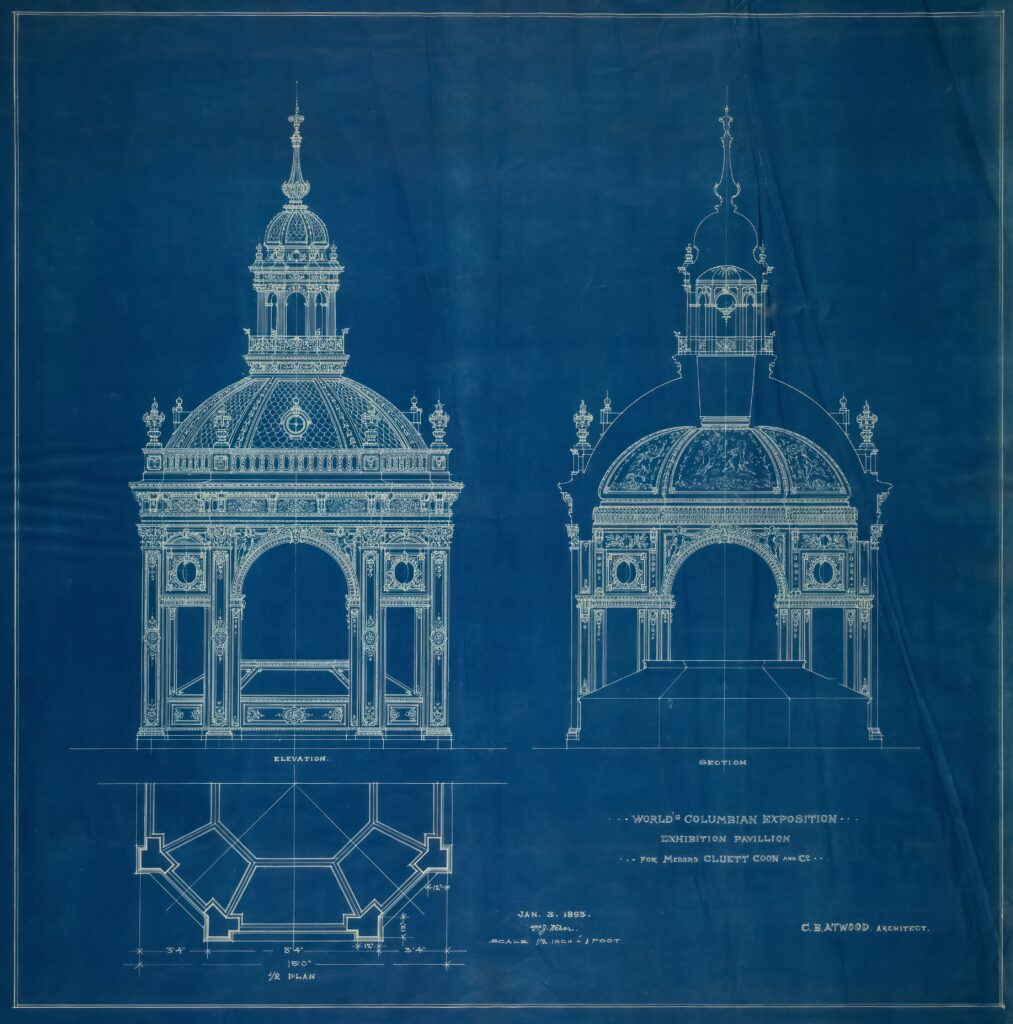It’s an ordinary evening, nothing special happening. I’m in my dorm room with my two other roommates when our conversation suddenly takes a different tangent. I initially thought the diversion would be brief, but I was wrong. It’s almost three years now, and I’ve never forgotten that heated debate with my roommate about the possibility of creating an advanced Autonomous Surgical Robot (ASR) capable of conducting surgeries non-stop with superior prowess than a skilled human surgeon.
Table of Contents
My roommate argued against the feasibility of such a robot, citing the challenge of unprecedented scenarios during surgery. For instance, imagine a skilled surgeon conducting an appendectomy who discovers the patient has double appendices—both coiled, inflamed, and obscured by the ileum (post-ileal appendix). The surgeon, trained to understand and recognize anatomical variations, can adapt to such unexpected findings. Critics of ASRs often argue that no robot could manage such complexities because they assume AI operates like overly simplistic algorithms—akin to a computer program playing tic-tac-toe.
However, this perception of AI is outdated and misleading. The algorithms driving today’s AI systems have evolved and continue to evolve. Modern AI leverages advanced techniques such as deep learning, reinforcement learning, and generative models. These methods enable machines to identify patterns in massive datasets, generalize from prior experiences, and adapt to new situations. The key lies in their ability to simulate decision-making processes akin to human reasoning, albeit with superior speed and consistency.
Consider the foundational advancements in medical imaging technologies—intraoperative optical coherence tomography (iOCT), hyperspectral imaging, and real-time endoscopic visualization. These tools provide ASRs with the capability to see and analyze tissues in ways human eyes cannot. When integrated with machine learning models trained on diverse anatomical datasets, ASRs can potentially identify rare conditions like a post-ileal appendix, assess tissue viability, and make surgical decisions in real-time.
Additionally, breakthroughs in natural language processing and vision-language models (VLMs) are enabling robots to interpret surgical instructions, analyze visual data from cameras, and execute complex tasks like suturing or tumor resections. Such systems are far from the rigid, rule-based algorithms of the past. They learn dynamically, continuously improving as they are exposed to more surgical cases and scenarios.
Of course, none of this would be possible without the abundance of data and the powerful computational resources available today. Large-scale datasets from imaging modalities like MRI, CT scans, and surgical videos provide the training ground for these AI models. The exponential growth in computational power, from GPUs to specialized AI chips, ensures these models can process vast amounts of data quickly and efficiently.
Take weather prediction as a parallel example. I’ve yet to meet a person capable of predicting the weather with the accuracy and consistency of my android device. Similarly, while human surgeons are exceptional, ASRs have the potential to achieve unparalleled precision by leveraging data-driven insights and computational accuracy. This doesn’t mean robots will replace humans entirely. Rather, they can complement human expertise, handling repetitive or high-risk tasks, and allowing surgeons to focus on strategic decision-making and patient care.
The essence of this write-up is not to advocate for a dystopian world run by robots but to highlight the existing possibilities that many have already glimpsed. Humans will always matter. Our empathy, creativity, and ethical judgment are irreplaceable. But dismissing the potential of ASRs due to fear of their limitations is shortsighted. Instead, we should explore how these systems can be developed responsibly and integrated effectively into healthcare to improve outcomes and save lives.
So how in the nine hells can a robot be designed to conduct surgeries with a prowess rivaling (if not surpassing) that of a skilled human surgeon with years of experience under her belt? Let’s break it down by focusing on the four fundamental elements every surgeon needs before handling a procedure in the OR (Operating Room):
- Her Brain (wealth of knowledge & experience)
- Her Eyes (visual information & feedback)
- Her Hands (dexterity, finesse, speed, strength)
- A Bad-Ass Team
Our hypothetical surgeon went to medical school, completed residency, and has spent over 25 years in practice. She’s a regular attendee at conferences, workshops, and symposiums—constantly refining her skills and expanding her knowledge base. This cumulative experience is the cornerstone of her expertise. How can we replicate this in an Autonomous Surgical Robotic System (ASRS)?

1. Replicating the Brain: Knowledge and Experience
To imbue an ASRS with a surgeon’s wealth of knowledge and experience, the system must be trained using vast, high-quality datasets. These datasets include:
- Annotated surgical videos: Thousands of hours of annotated video footage showcasing various procedures, complications, and resolutions.
- Medical imaging archives: MRI, CT, and ultrasound scans to help the ASRS understand diverse anatomical variations.
- Surgical manuals and textbooks: Encoding the theoretical knowledge surgeons acquire during their education.
- Electronic health records (EHRs): Providing context about patient histories and outcomes to improve decision-making.
Machine learning models, particularly deep learning architectures, can process this data to identify patterns, predict outcomes, and simulate decision-making processes. Reinforcement learning, a subset of AI, allows the ASRS to learn through trial and error in virtual environments, refining its strategies based on simulated successes and failures.
Additionally, natural language processing (NLP) enables the ASRS to interpret and apply knowledge from unstructured text sources like research papers, ensuring it stays updated with the latest medical advancements.
2. Replicating the Eyes: Visual Information and Feedback
Surgeons rely heavily on their vision for precision. Replicating this capability in an ASRS requires:
- Advanced imaging technologies:
- Intraoperative Optical Coherence Tomography (iOCT) for real-time, high-resolution cross-sectional imaging.
- Hyperspectral imaging to differentiate between healthy and diseased tissues based on their spectral signatures.
- Augmented reality (AR) overlays to highlight critical structures and provide additional guidance.
- AI-powered image analysis: Machine vision algorithms, trained on extensive datasets of surgical images and videos, can identify anatomical structures, detect abnormalities, and monitor the surgical field with precision. For instance, convolutional neural networks (CNNs) excel in image recognition tasks and are ideal for analyzing complex visual data.
- Real-time feedback systems: Sensors and cameras embedded in the surgical environment provide continuous updates on the patient’s condition, ensuring the ASRS can adjust its actions dynamically.
3. Replicating the Hands: Dexterity and Finesse
Achieving the dexterity and finesse of a surgeon’s hands requires cutting-edge robotics engineering:

- Precision robotics: Advanced robotic arms with multiple degrees of freedom replicate human hand movements. These arms are equipped with force sensors to measure pressure and tension, ensuring delicate handling of tissues.
- Haptic feedback: While humans rely on tactile feedback to gauge force, ASRS can use simulated haptics to “feel” resistance and adjust accordingly. For example, during suturing, the robot can sense the tension in the thread and adapt its movements to avoid tearing.
- Speed and accuracy optimization: Reinforcement learning algorithms train the ASRS to optimize its movements for speed and precision, ensuring it performs tasks like suturing, cutting, or tissue retraction with unparalleled accuracy.
4. Replicating the Team: Collaborative Intelligence
A surgeon’s team provides critical support during procedures. For an ASRS, this collaboration can be achieved through:
- AI-assisted monitoring systems: These systems analyze patient vitals, blood loss, and other metrics in real time, alerting the ASRS to any abnormalities.
- Cloud-based networks: By connecting to cloud-based systems, the ASRS can access vast repositories of medical data, consult with other robotic systems, or even receive input from remote human experts during complex cases.
- Multimodal communication: Natural language processing (NLP) enables the ASRS to interpret verbal instructions or collaborate with human team members. For example, a human assistant could instruct the ASRS to “apply more suction” or “zoom in on the left lobe.”
- Integration with hospital systems: Seamless integration with electronic medical records and surgical scheduling ensures the ASRS has all necessary patient information before the procedure begins.
Specialty Focus for an ASRS
While brainstorming with colleagues, we debated which specialty would be best for a nascent ASRS. Orthopedics, urology, and general surgery emerged as potential candidates, with general surgery being considered somewhat broad. Specializing in a focused area like urology might be ideal for the initial deployment of an ASRS, as it offers a well-defined scope and repetitive procedures, making it suitable for machine learning applications.
Learning from the Da Vinci Surgical System
The Da Vinci Surgical System, developed by Intuitive, is an impressive tool that has revolutionized minimally invasive surgery. However, it’s not autonomous. The system relies on the surgeon’s expertise to operate, with no capability to learn or adapt on its own. If Intuitive equipped the Da Vinci system with algorithms capable of learning on the job, it could lay the groundwork for true autonomy.
For an ASRS, the movements, maneuvers, and positioning of surgical instruments captured during procedures can serve as invaluable data for training. By analyzing these patterns, the ASRS could learn optimal strategies for different scenarios, continuously refining its performance.
In conclusion, building an ASRS is a multifaceted challenge requiring advancements in AI, robotics, and medical imaging. By focusing on these fundamental elements and leveraging existing technologies like the Da Vinci system, we can move closer to creating autonomous robots that not only rival but potentially surpass human surgeons in specific tasks.

